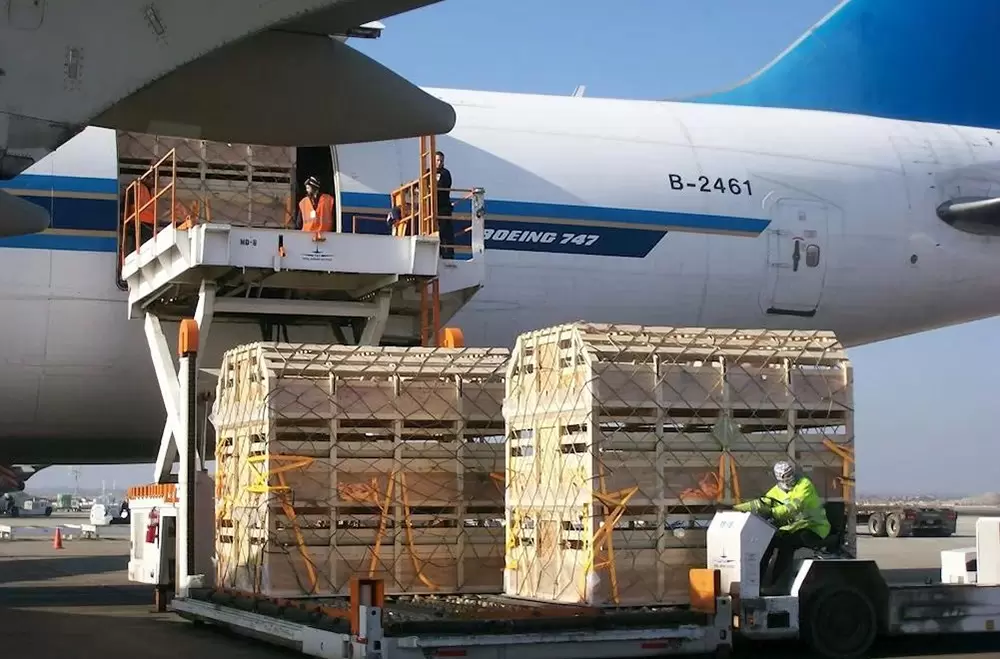Unveiling the Risks: An In-Depth Analysis of the Least Safe Modes of Transportation
Transportation is an integral part of modern life, facilitating the movement of people and goods across vast distances. While advancements in technology and infrastructure have significantly improved safety standards, certain modes of transportation still pose considerable risks. In this article, we will explore the least safe transportation methods, examining the factors that contribute to their dangers, and providing insights into how these risks can be mitigated.
Understanding Transportation Safety
Before delving into the least safe modes of transportation, it is essential to understand what constitutes transportation safety. Safety in transportation encompasses the measures and protocols designed to protect passengers, operators, and cargo from accidents and incidents. Factors influencing transportation safety include vehicle design, operator training, environmental conditions, and regulatory oversight.
The Least Safe Transportation Modes
- Motorcycles
- Statistics and Risks: Motorcycles are often cited as one of the least safe modes of transportation. According to the National Highway Traffic Safety Administration (NHTSA), motorcyclists are 29 times more likely to die in a crash than passenger vehicle occupants. The lack of protective barriers, combined with the high speeds at which motorcycles operate, contributes to the severity of injuries sustained in accidents.
- Mitigation Strategies: To enhance safety, riders should undergo comprehensive training, wear appropriate protective gear, and adhere to traffic regulations. Additionally, public awareness campaigns can help promote safer riding practices.
- Bicycles
- Statistics and Risks: While cycling is an eco-friendly mode of transportation, it carries significant risks, particularly in urban environments. The Centers for Disease Control and Prevention (CDC) reports that over 1,000 cyclists are killed annually in the United States. Factors such as inadequate cycling infrastructure, distracted drivers, and poor visibility contribute to these fatalities.
- Mitigation Strategies: Improving cycling infrastructure, such as dedicated bike lanes and better signage, can enhance safety. Additionally, educating both cyclists and motorists about sharing the road can reduce accidents.
- Small Aircraft
- Statistics and Risks: General aviation, which includes small aircraft, has a higher accident rate compared to commercial airlines. The National Transportation Safety Board (NTSB) indicates that pilot error, mechanical failure, and adverse weather conditions are common contributors to accidents in this sector.
- Mitigation Strategies: Ensuring rigorous pilot training, regular maintenance checks, and adherence to safety protocols can significantly reduce risks associated with small aircraft.
- Public Transit Systems
- Statistics and Risks: While public transit is generally safer than personal vehicles, certain systems, particularly older buses and trains, can pose safety risks. Incidents such as derailments, collisions, and assaults can occur, leading to injuries and fatalities.
- Mitigation Strategies: Upgrading infrastructure, implementing advanced safety technologies, and enhancing security measures can improve the safety of public transit systems.
- Walking
- Statistics and Risks: Pedestrian safety is a growing concern, especially in urban areas. The NHTSA reports that approximately 6,000 pedestrians are killed each year in traffic accidents. Factors such as distracted driving, poor visibility, and inadequate crosswalks contribute to these incidents.
- Mitigation Strategies: Improving urban planning to include pedestrian-friendly infrastructure, such as well-marked crosswalks and traffic calming measures, can enhance safety for walkers.
The Role of Technology in Enhancing Safety
As we analyze the least safe modes of transportation, it is crucial to acknowledge the role of technology in improving safety standards. Innovations such as advanced driver-assistance systems (ADAS), collision avoidance technologies, and real-time traffic monitoring can significantly reduce the risks associated with various transportation methods. Furthermore, the integration of artificial intelligence and machine learning can enhance predictive analytics, allowing for proactive safety measures.
Conclusion
While certain modes of transportation are inherently riskier than others, understanding the contributing factors and implementing effective mitigation strategies can significantly enhance safety. By prioritizing education, infrastructure improvements, and technological advancements, we can work towards making all forms of transportation safer for everyone. As we continue to navigate the complexities of modern transportation, it is imperative to remain vigilant and proactive in addressing the risks associated with the least safe modes of travel.




